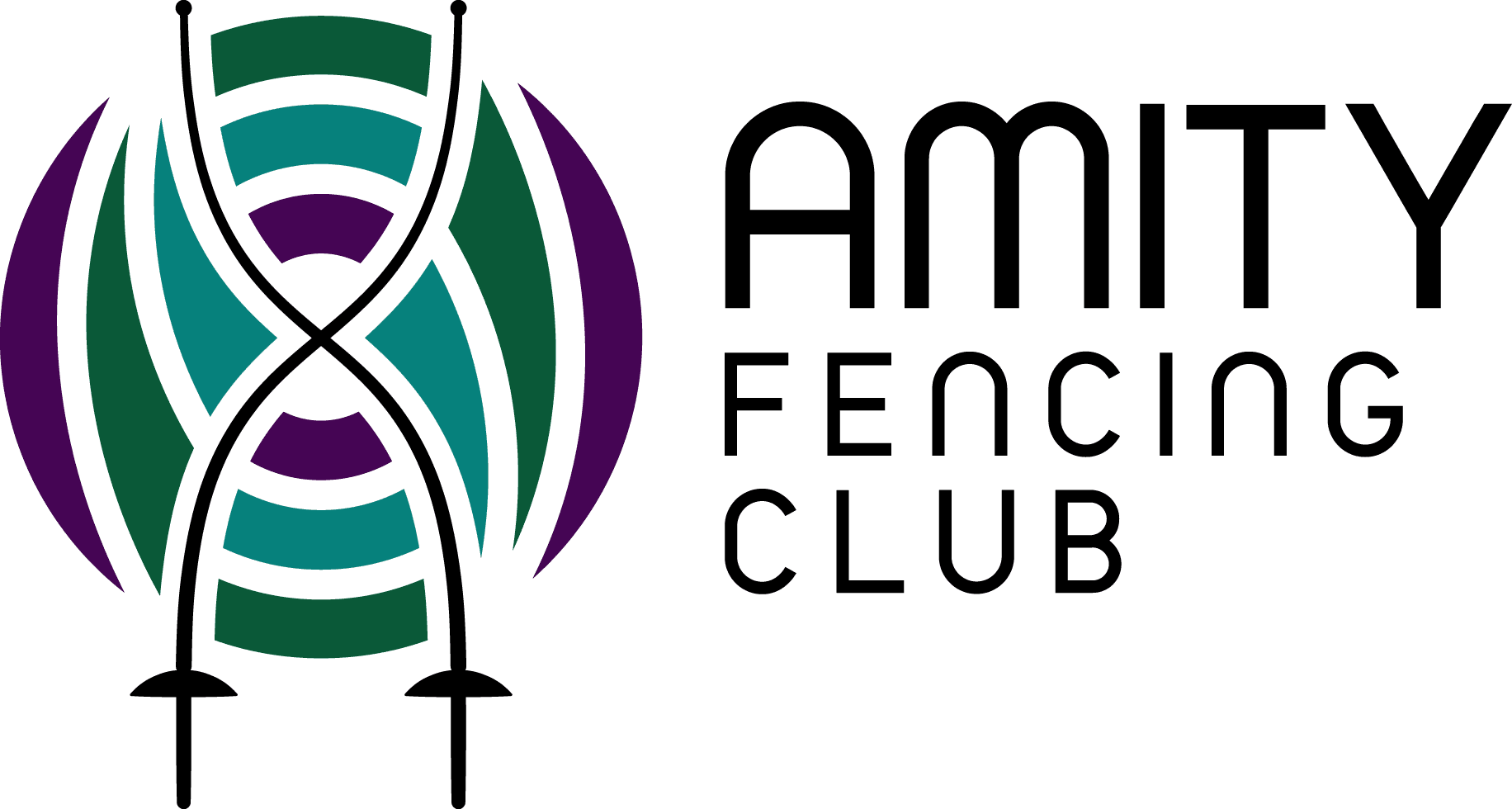Fencing for Beginners: Know the Basics

Posted on January 9th, 2024.
If you've ever been intrigued by the world of swordplay, fencing may just be the sport for you. Fencing is a thrilling and elegant sport that combines athleticism, strategy, and agility.
In this article, we will explore the basics of fencing, from the different parts of a fencing blade to how fencers score points. Whether you're a complete novice or have some experience, this guide will provide valuable insights into the world of fencing. Let's dive in!
Fencing for Beginners: Know the Basics
The Fencing Blade: Understanding Its Components
Before we get into the nitty-gritty of fencing techniques and strategies, it's essential to familiarize yourself with the key components of a fencing blade. The fencing blade is the primary tool used by fencers, and understanding its anatomy is crucial.
The Fencing Blade's Parts
- Blade: The blade is the long, slender part of the fencing weapon. It is the part that makes contact with your opponent's target area to score points. Blades are typically made of lightweight materials like steel or aluminum.
- Guard: The guard, also known as the "hilt," is the protective circular or cross-shaped piece that surrounds your hand. It prevents your hand from being hit by your opponent's blade.
- Grip: The grip is the handle of the fencing blade. It allows you to hold the weapon securely and control its movement. Grips come in various styles to suit different fencing techniques.
- Pommel: The pommel is the weighted cap at the end of the grip. It helps balance the weapon and provides stability during fencing bouts.
Understanding these basic components is the first step in your journey to becoming a skilled fencer.
Scoring Points in Fencing
Fencing is not just about waving your blade around; it's a sport that relies on precise and strategic actions to score points. Fencers score points by making valid touches on their opponent's target areas. Here's how it works:
- Target Areas: In fencing, there are specific target areas where a fencer can score points. These areas vary depending on the weapon being used. For example, in foil and sabre, the target area is the torso, while in epee, the entire body is a valid target.
- Valid Touches: To score a point, a fencer must make a valid touch on their opponent's target area. A valid touch is one that lands with sufficient force and technique to register on the electronic scoring system.
- Rules of Priority: Fencing has rules regarding "right of way" or priority. This means that the fencer who initiates an attack with the correct technique and timing gains priority and can score if their opponent fails to defend properly.
- Scoring System: Points are awarded when a valid touch is registered on the electronic scoring equipment. In most cases, a touch is indicated by a light and a sound signal.
Fencing Socks: The Unsung Heroes
While most beginners focus on the fencing blade and protective gear, one essential piece of equipment often overlooked is fencing socks. Fencing socks are specially designed to enhance your performance and comfort during bouts.
Benefits of Fencing Socks
- Moisture Control: Fencing can be intense, and your feet may sweat. Fencing socks are designed to wick moisture away, keeping your feet dry and comfortable.
- Blister Prevention: The right fencing socks reduce friction and the risk of blisters, allowing you to concentrate on your technique rather than foot discomfort.
- Support and Padding: Fencing socks often have extra padding in key areas to provide support and cushioning for your feet during intense movements.
Investing in high-quality fencing socks is a small but significant step in ensuring your comfort and performance on the fencing strip.
Fencing Training: Where to Start
Now that you have a basic understanding of fencing equipment and scoring, it's time to consider how to begin your fencing journey through proper training.
Finding a Fencing Club
- Locate a Fencing Club: The first step is to find a reputable fencing club in your area. Look for clubs that offer beginner classes and have experienced coaches.
- Equipment Rental: Many clubs offer equipment rental for beginners, allowing you to try fencing without a significant initial investment.
- Structured Classes: Enroll in structured beginner classes where you'll learn the fundamentals of footwork, bladework, and strategy.
- Practice and Patience: Fencing is a skill that takes time to develop. Be patient with yourself and practice regularly to improve your technique.
Reach out
Fencing is a sport that offers a unique blend of physicality and strategy.
If you're eager to begin your fencing training, look no further than Amity Fencing Club. Our experienced coaches and structured classes will help you build a solid foundation in the sport. Reach out to us today at 206-945-3426 or via email at [email protected] to get started on your fencing adventure.
Join us at Amity Fencing Club and embark on an exciting journey into the world of fencing.
Contact Amity Fencing Club
Get in Touch to Book Your Fencing Lesson
Dive into the world of fencing with our classes in Washington State, perfect for kids and adults alike. Our expert instructors cater to every age group, ensuring fun, fitness, and skill development.
Kids' Classes: Engaging and safe sessions to spark a love for fencing.
Adult Classes: Tailored for beginners and seasoned fencers, focusing on technique and strategy.
Sign up now to embark on your fencing adventure!

